The project, called Taara, was developed by X, Alphabet’s innovation lab. Krishnaswamt, the project’s director, said the program was initiated in 2016 after efforts to provide internet access to remote areas using stratospheric balloons failed due to high costs.

X is Alphabet’s research division, also known as the “Moonshot Factory,” where projects that seem like they could only exist in science fiction are incubated. It’s also the incubator that created self-driving car startup Waymo, drone delivery service Wing, and health tech startup Verily Life Sciences.
Taara and its partner Bharti Airtel, one of India's largest telecommunications and Internet service providers, said they are moving towards a large-scale rollout of this new Internet service in India.
Alphabet's project is now supporting Internet services in 13 countries, including Australia, Kenya and Fiji, with deals reached with Liquid Telecom (Econet Group) in Africa, network provider Bluetown in India and Digicel in the Pacific Islands region.

“We are striving to be one of the cheapest service providers per gigabyte used by the end consumer,” said Taara.
Taara’s devices, which are about the size of traffic lights, project lasers that carry data like fiber-optic Internet but without the cables. Meanwhile, partners are responsible for installing communications “relay” infrastructure in hard-to-reach areas.
Randeep Sekhon, chief technology officer of Bharti Airtel, said Taara will also help deliver faster internet services in developed countries thanks to its reduced costs compared to traditional fiber optic cables.
In July 2020, Google pledged to invest $10 billion to digitize India. Last year, the company spent $700 million to buy a 1.28% stake in Bharti Airtel.
(According to Reuters)
Source







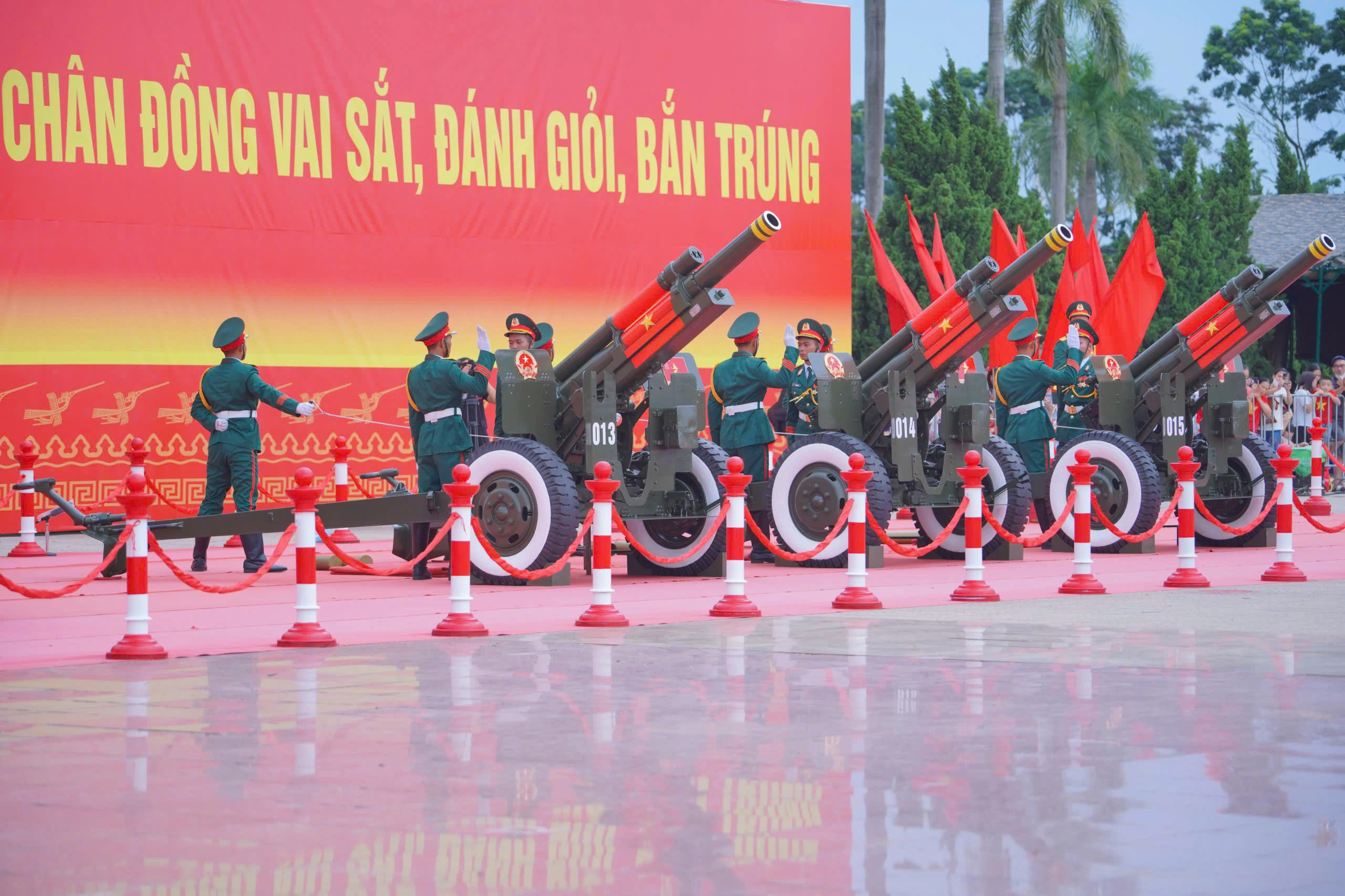



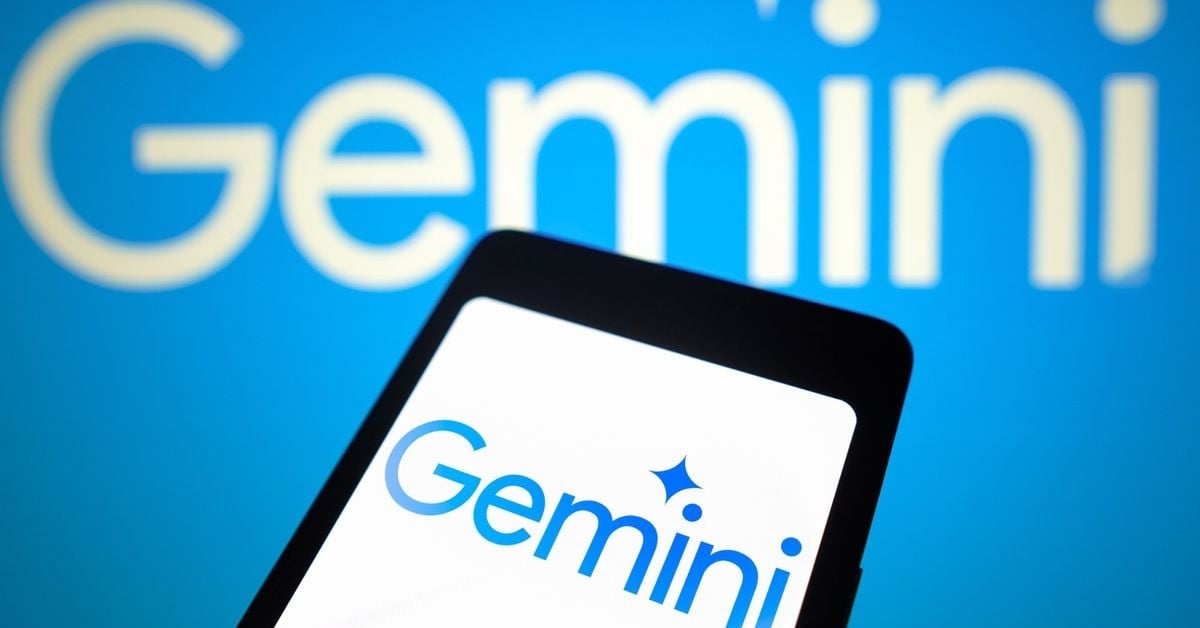
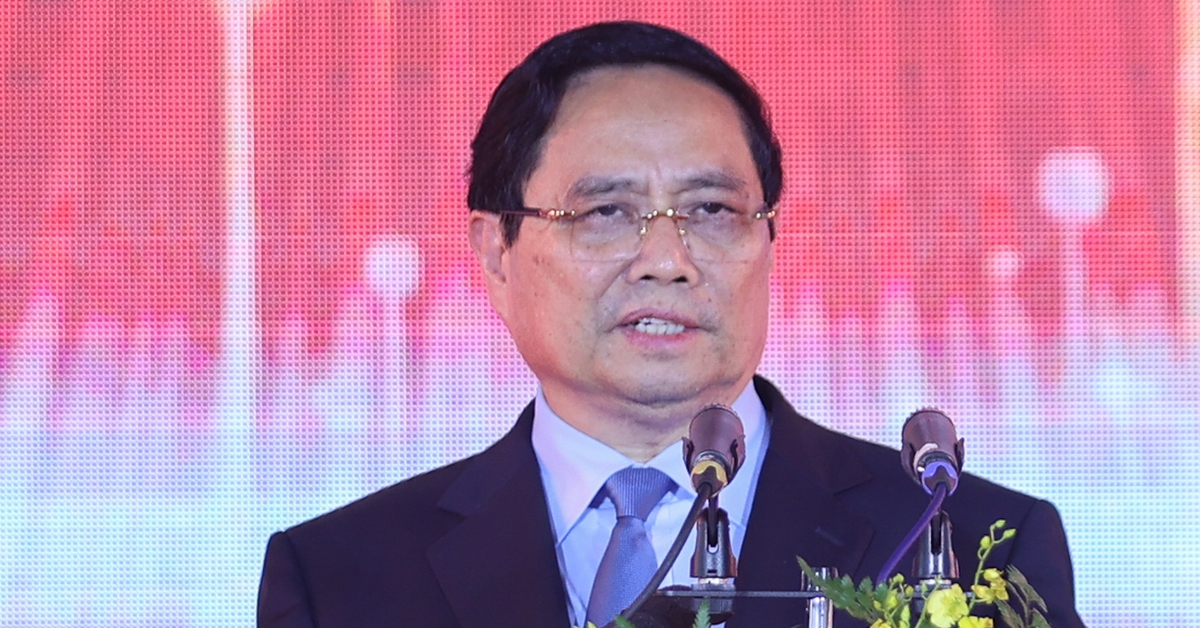


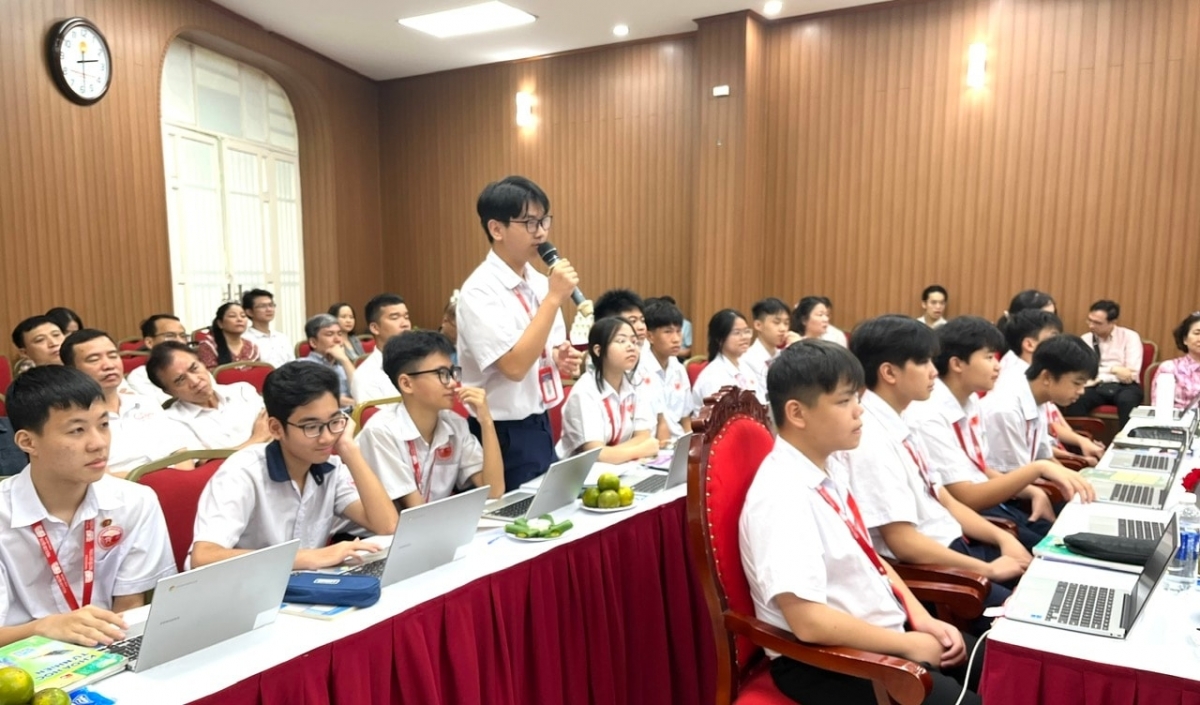



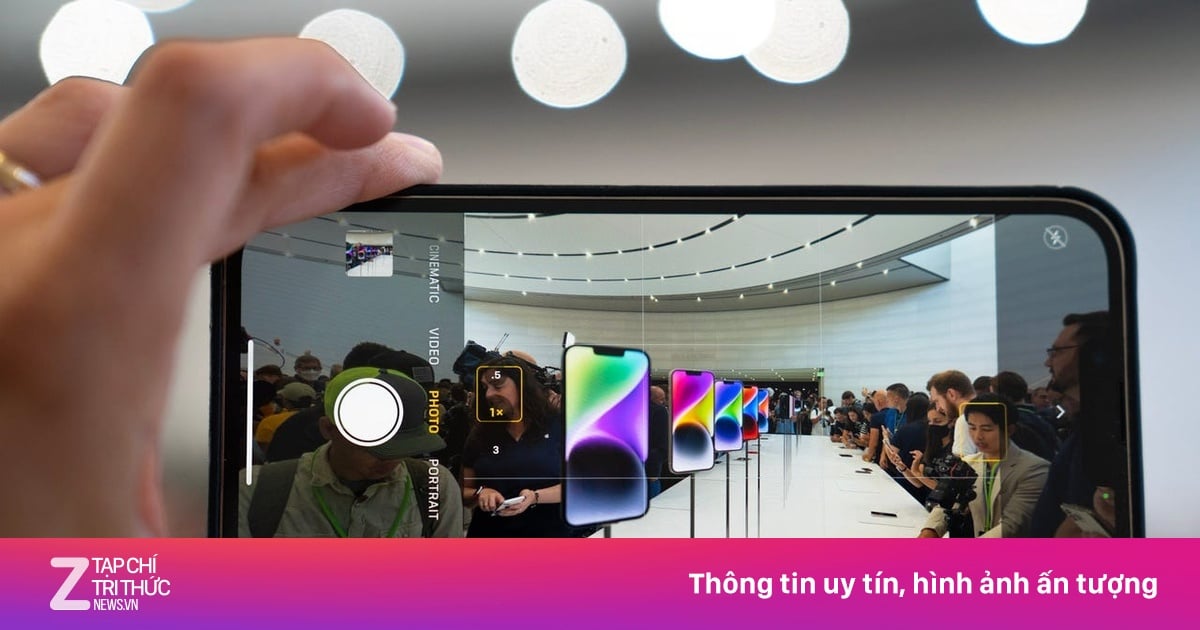

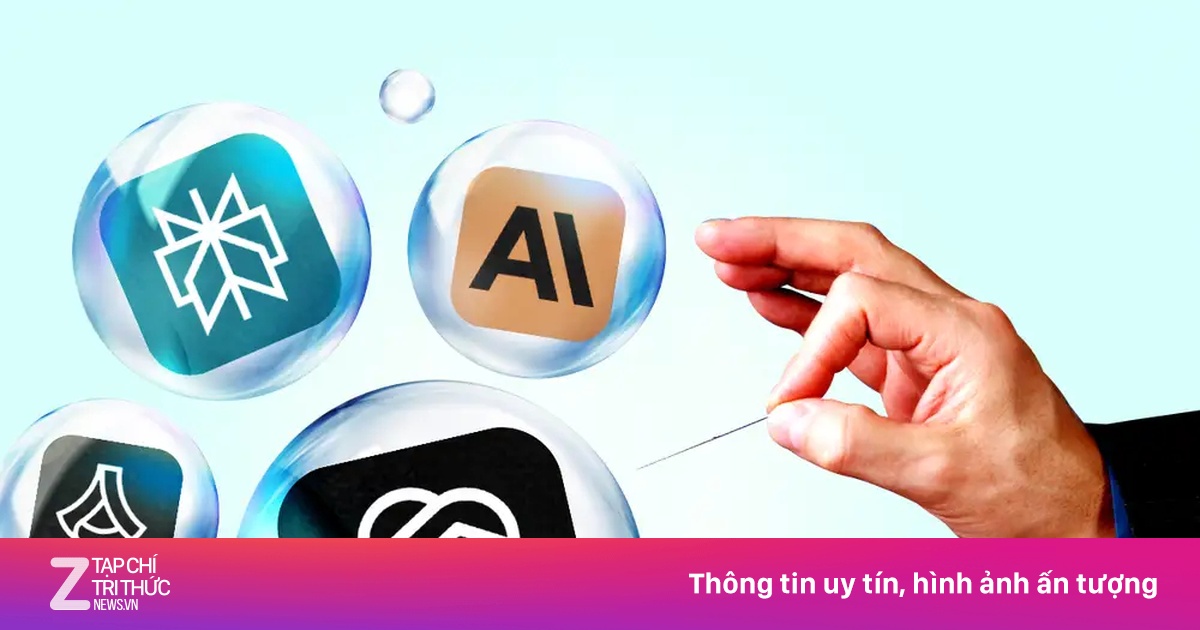
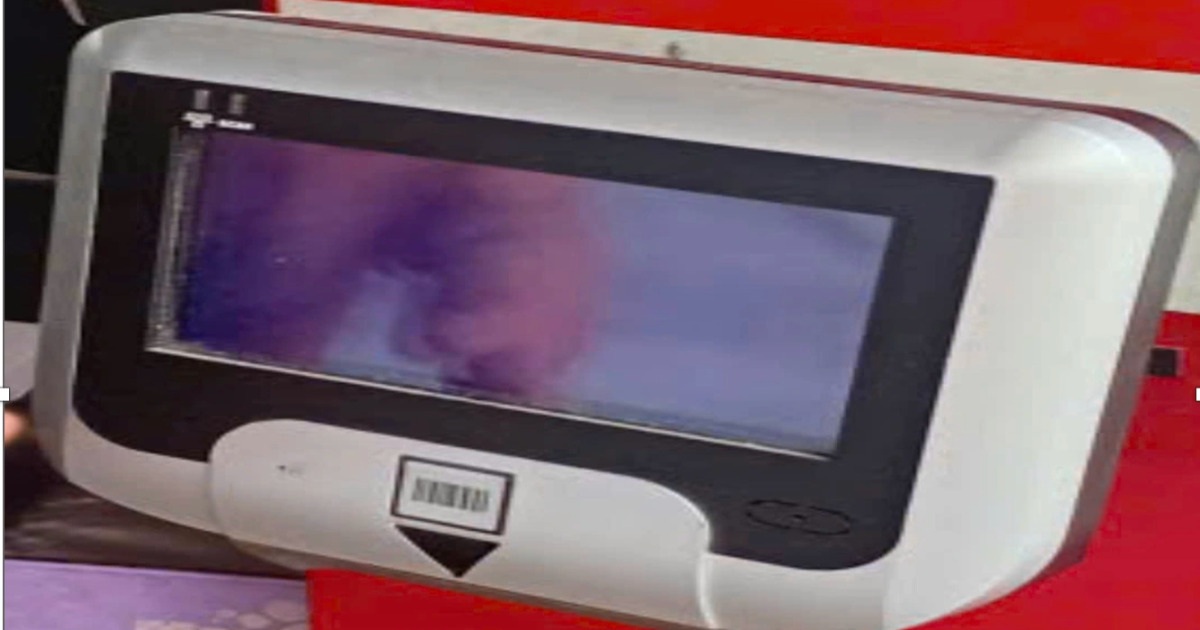

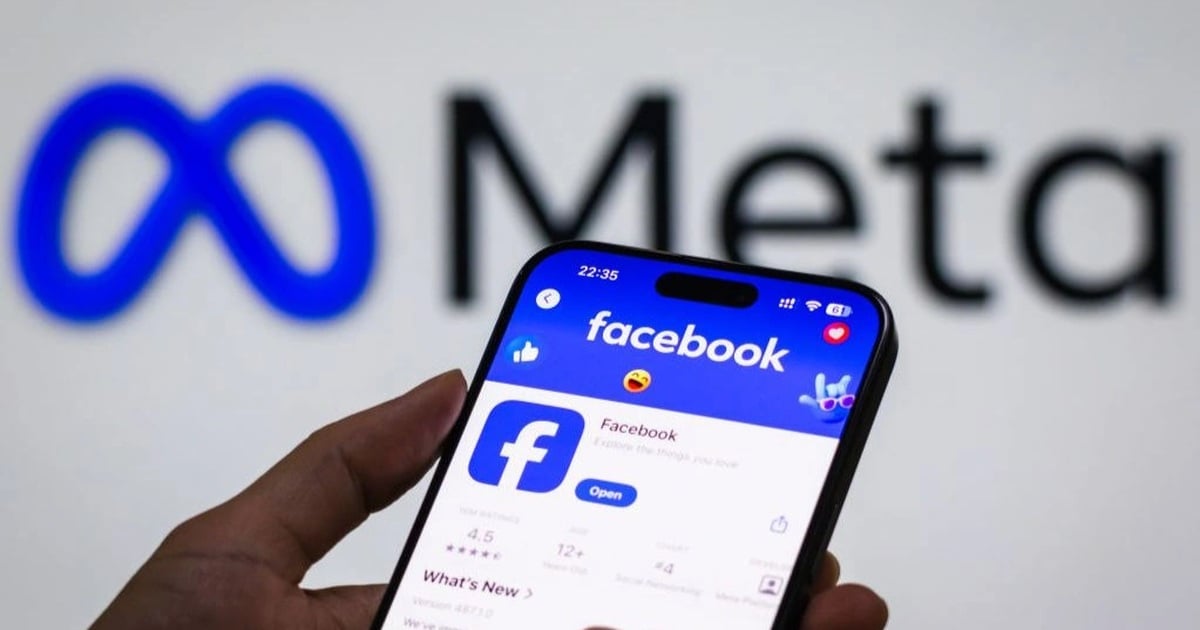





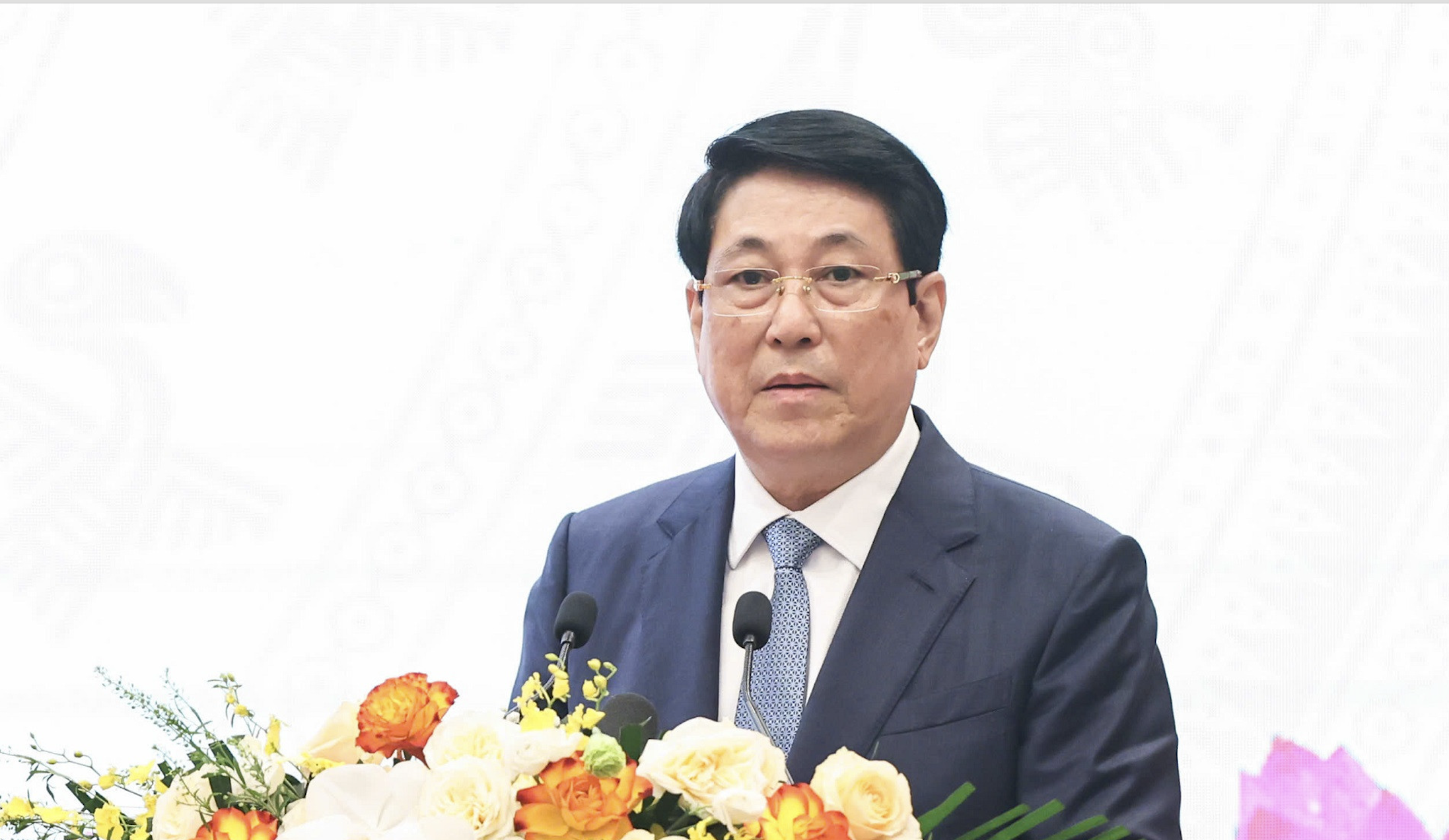



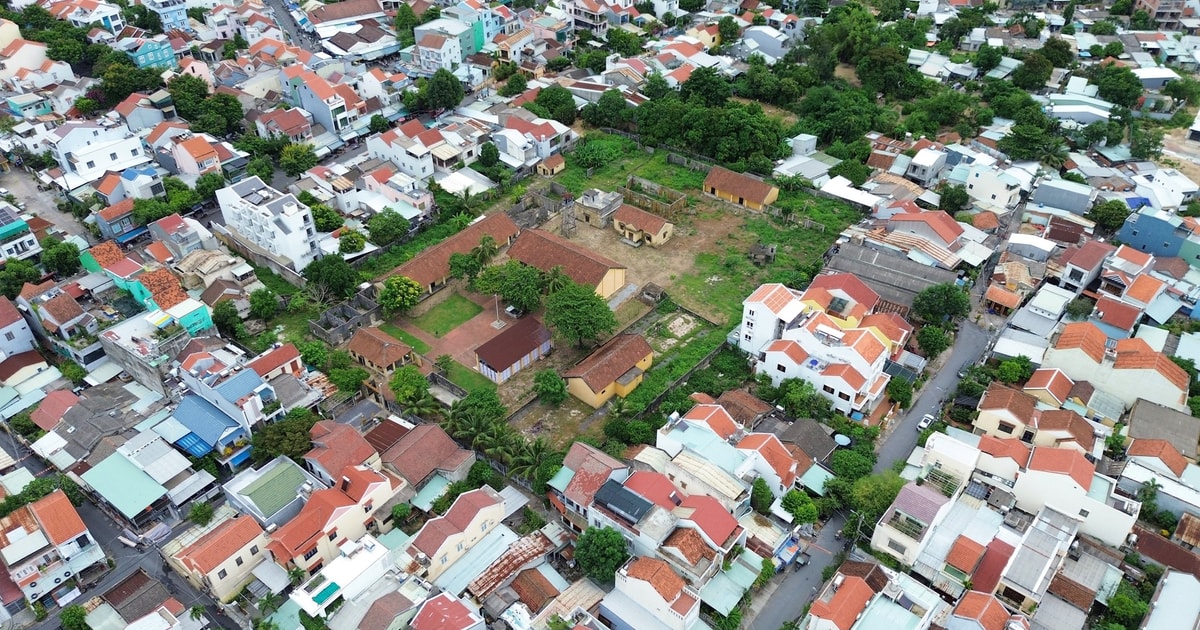



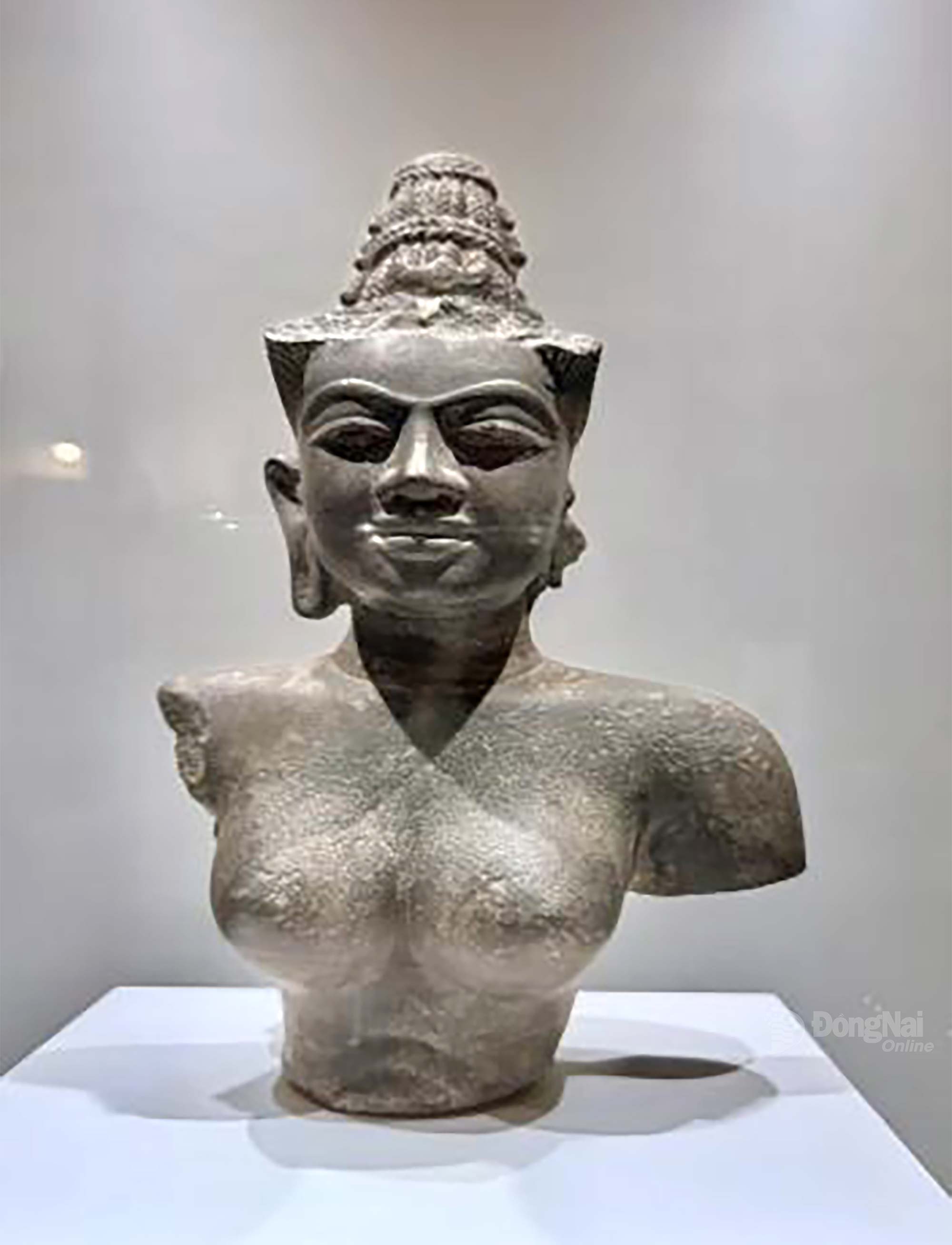






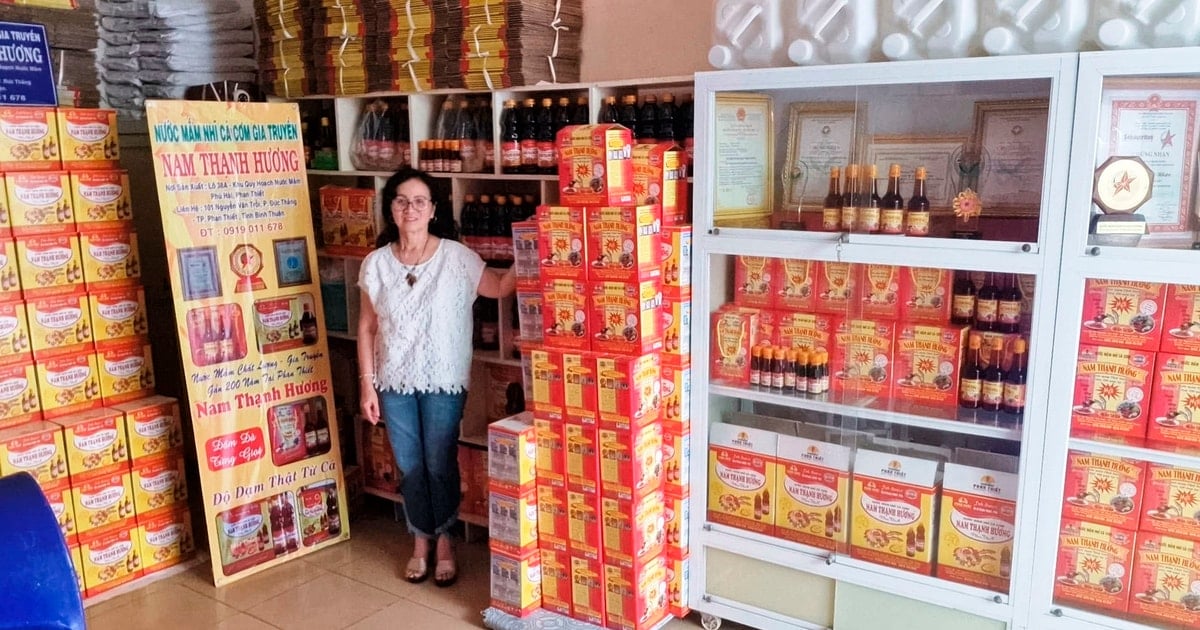




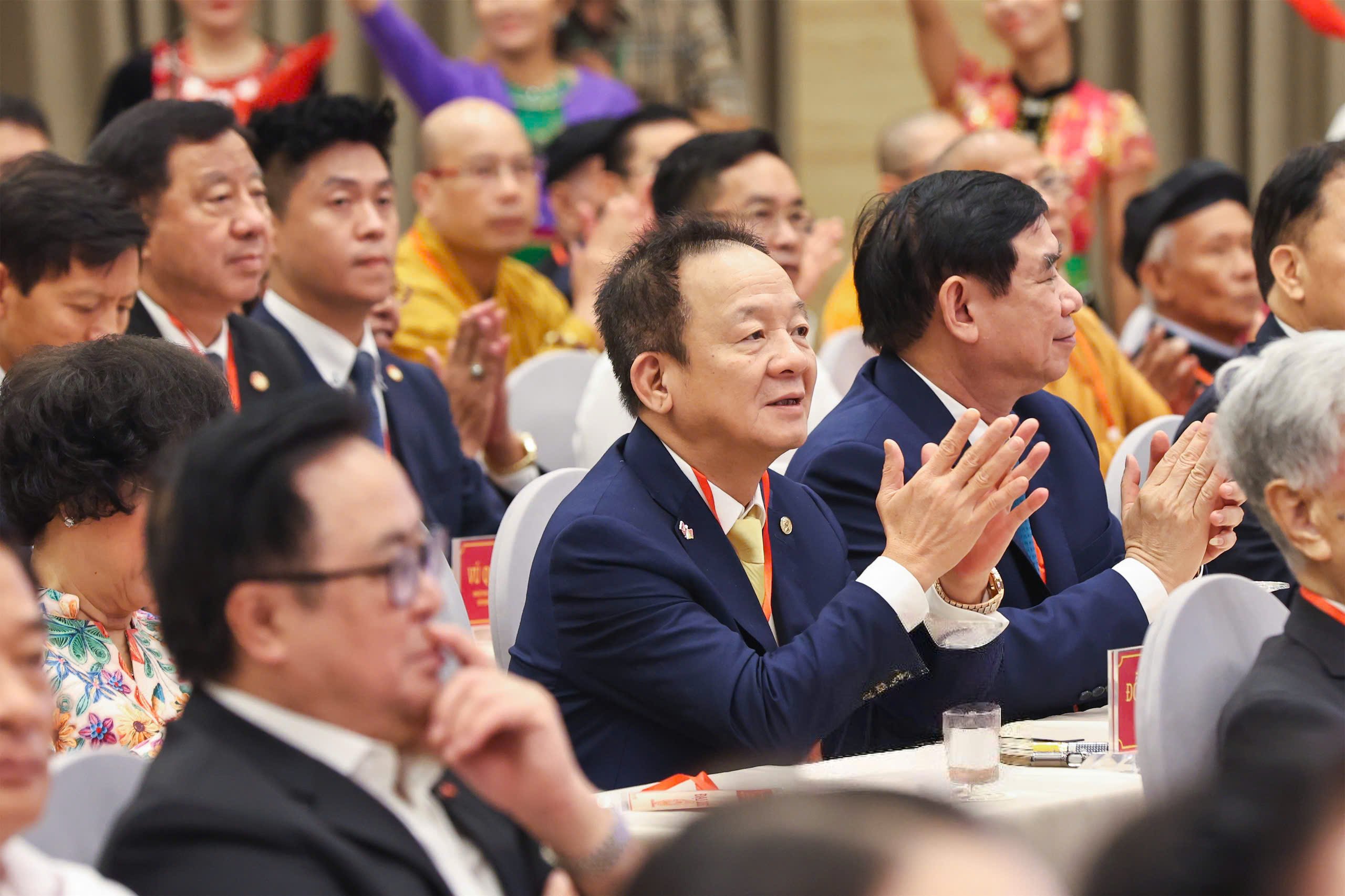













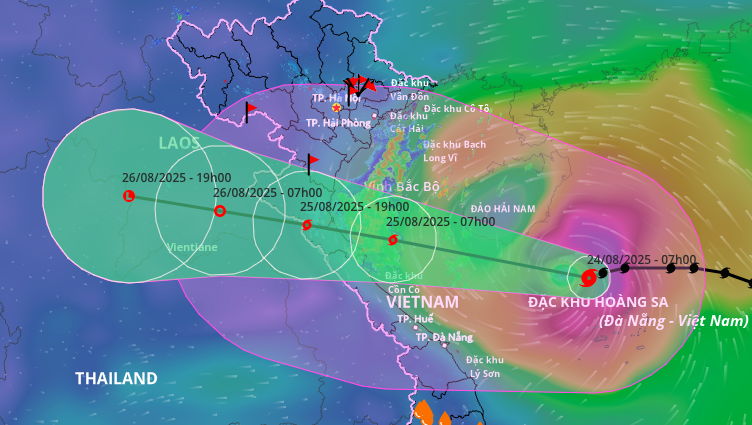







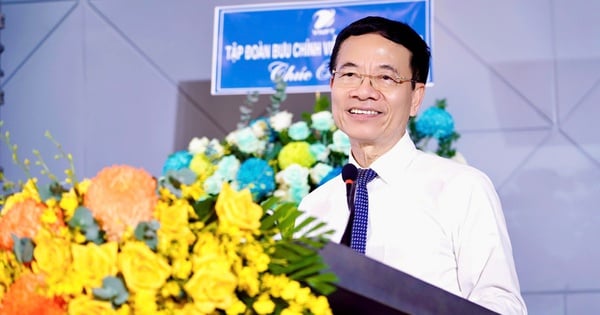








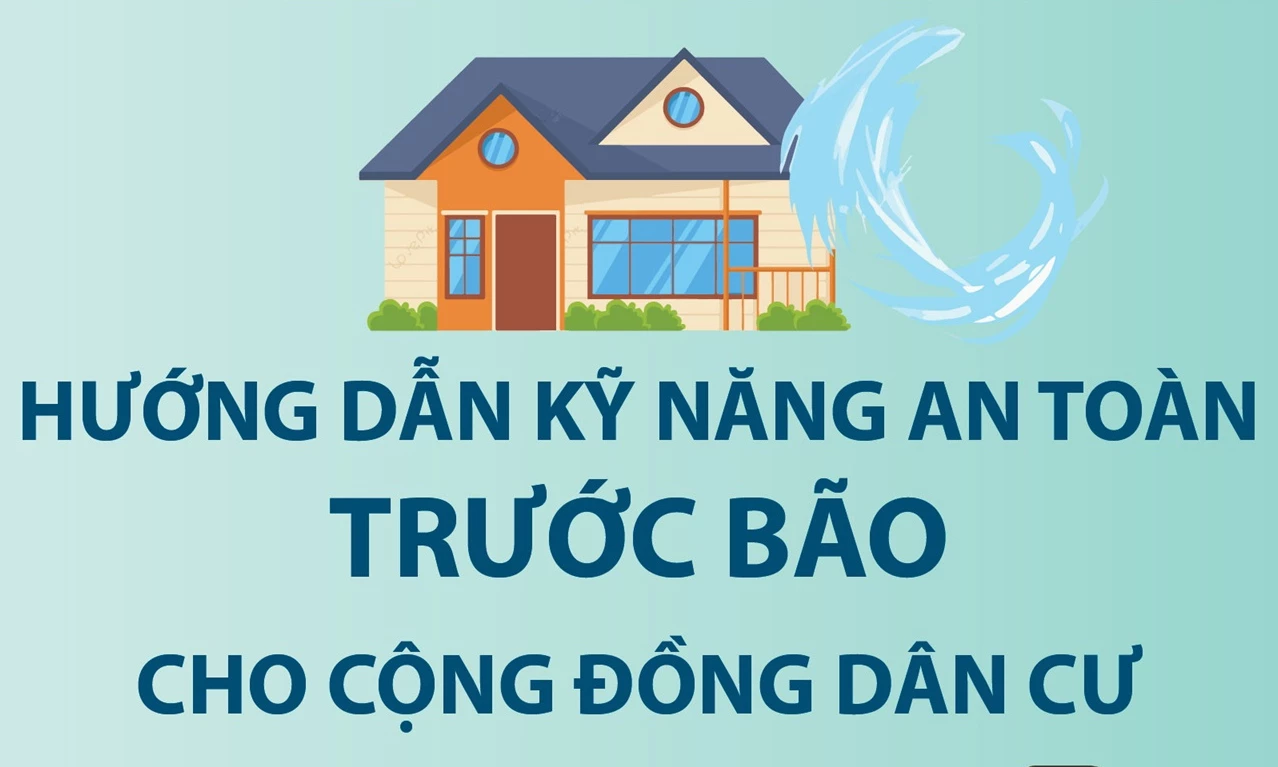

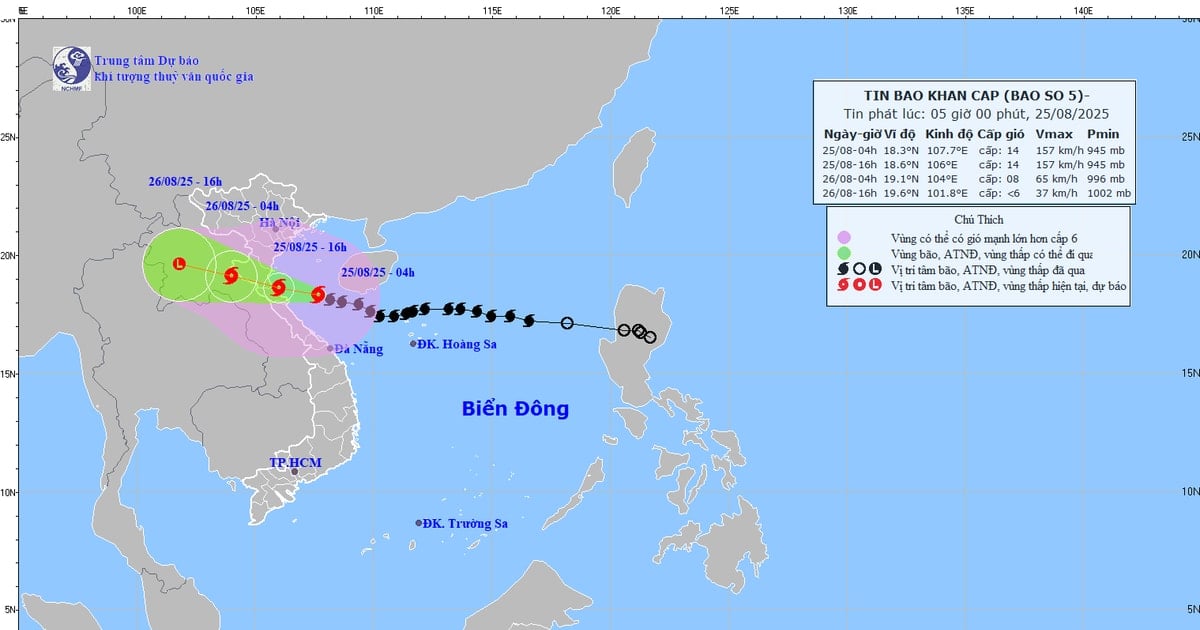

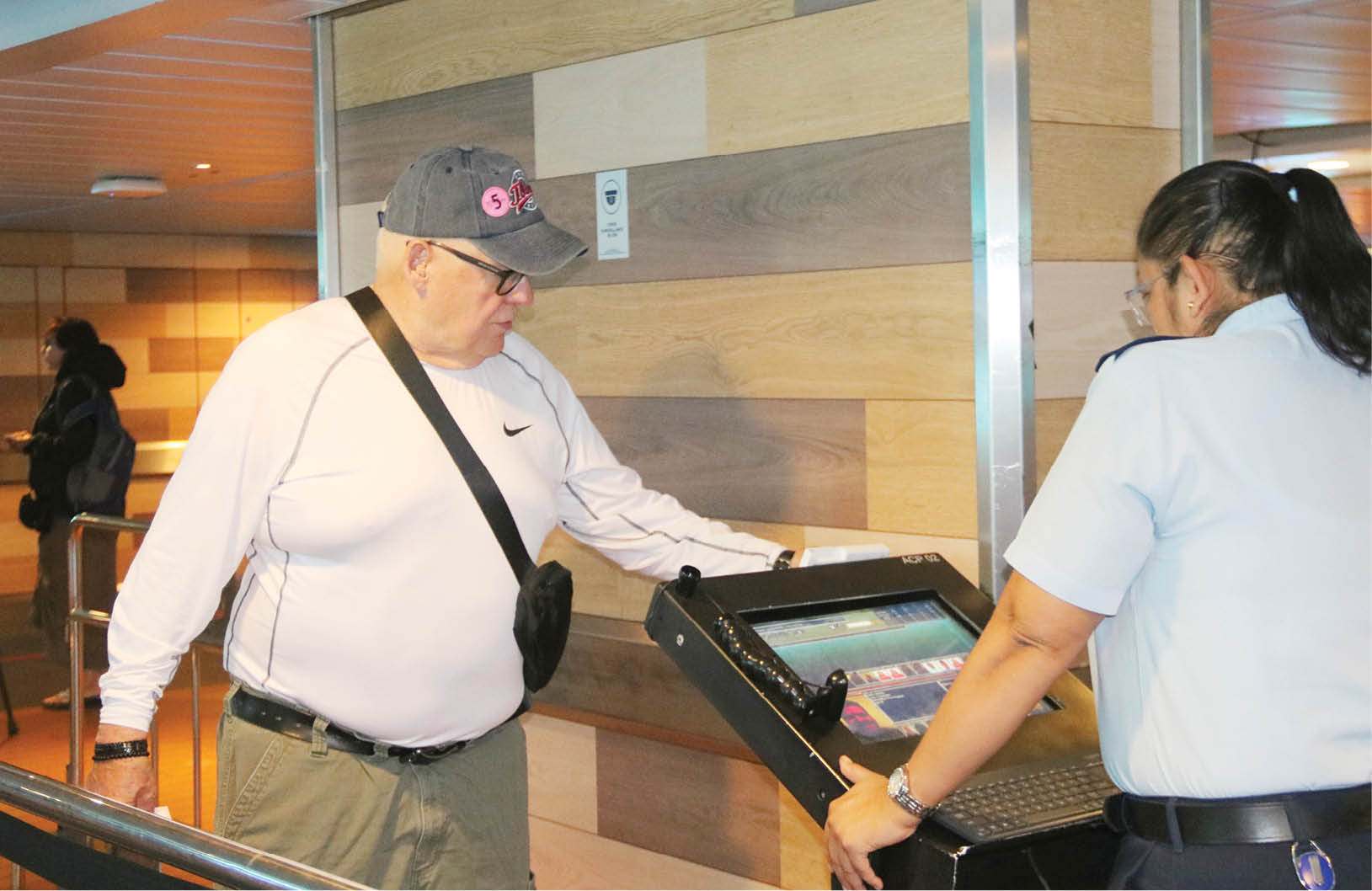

















Comment (0)